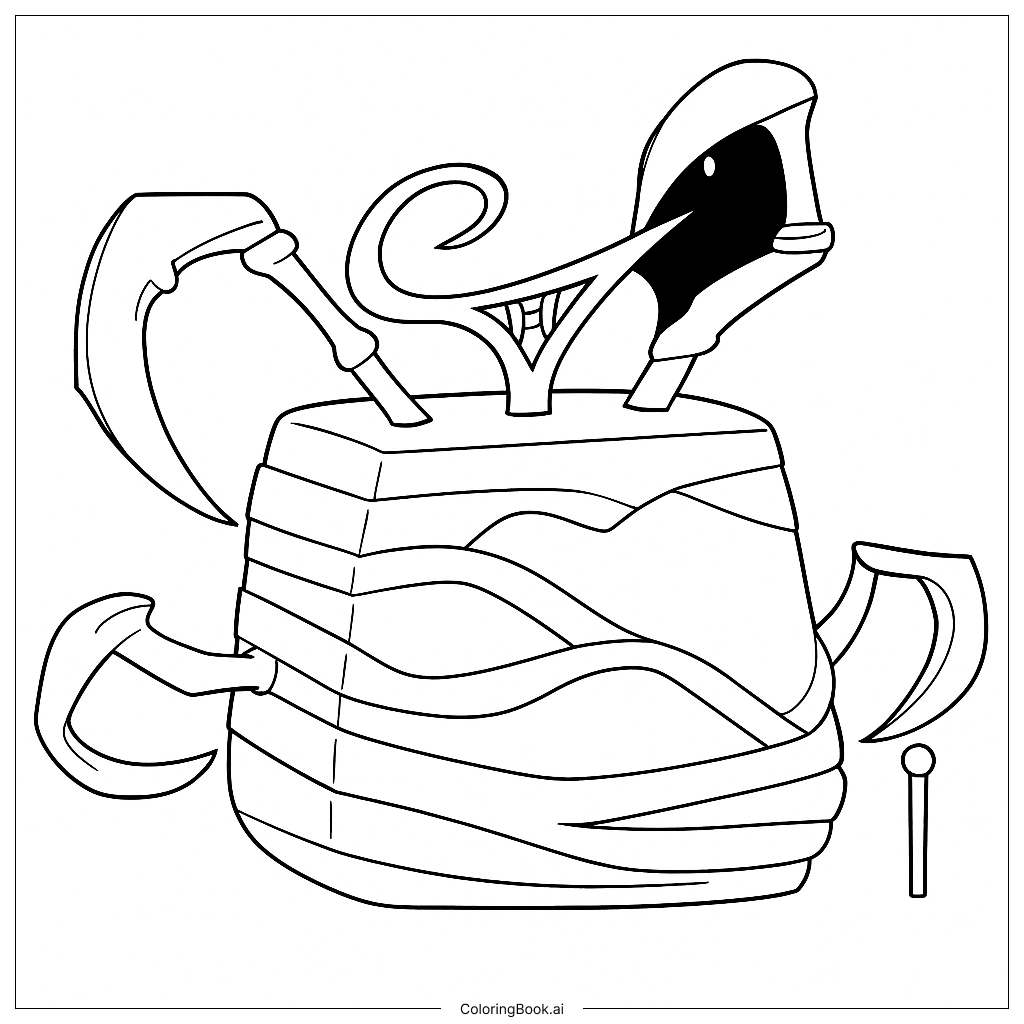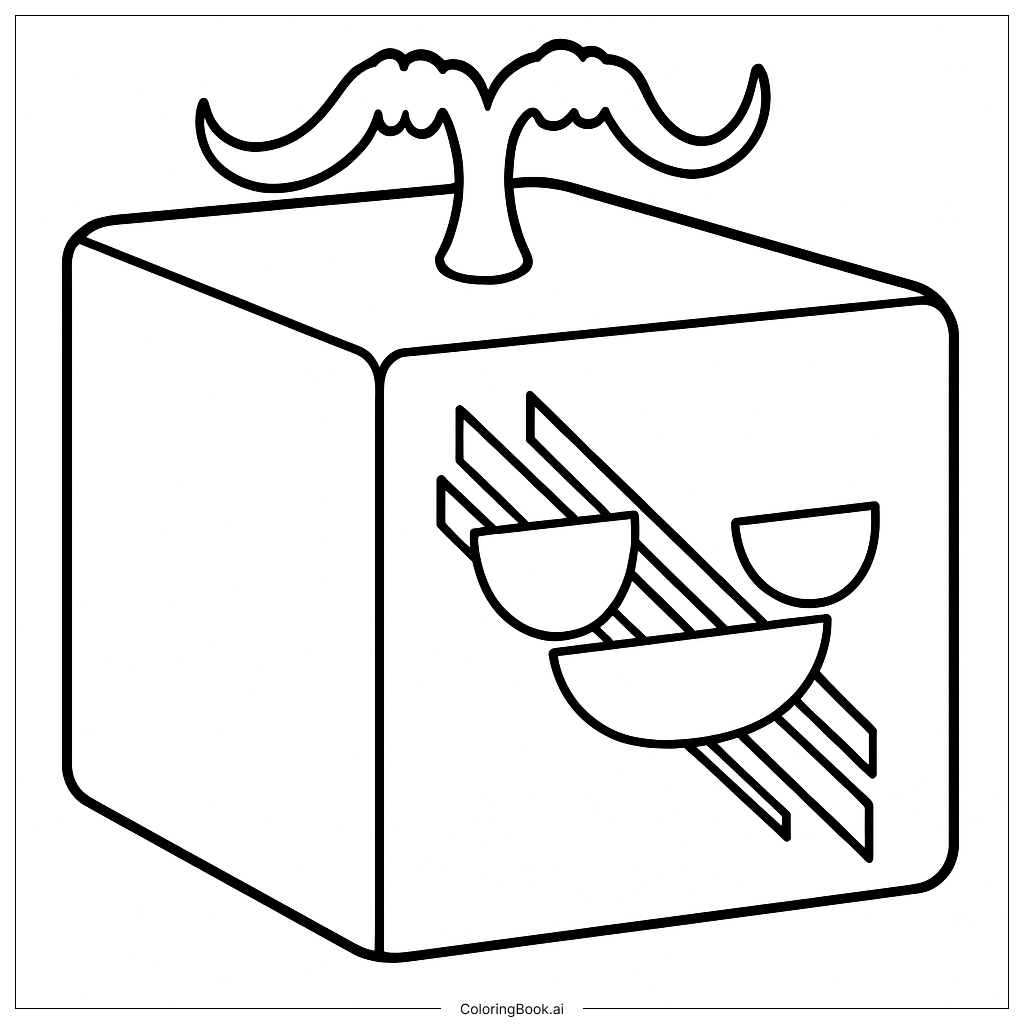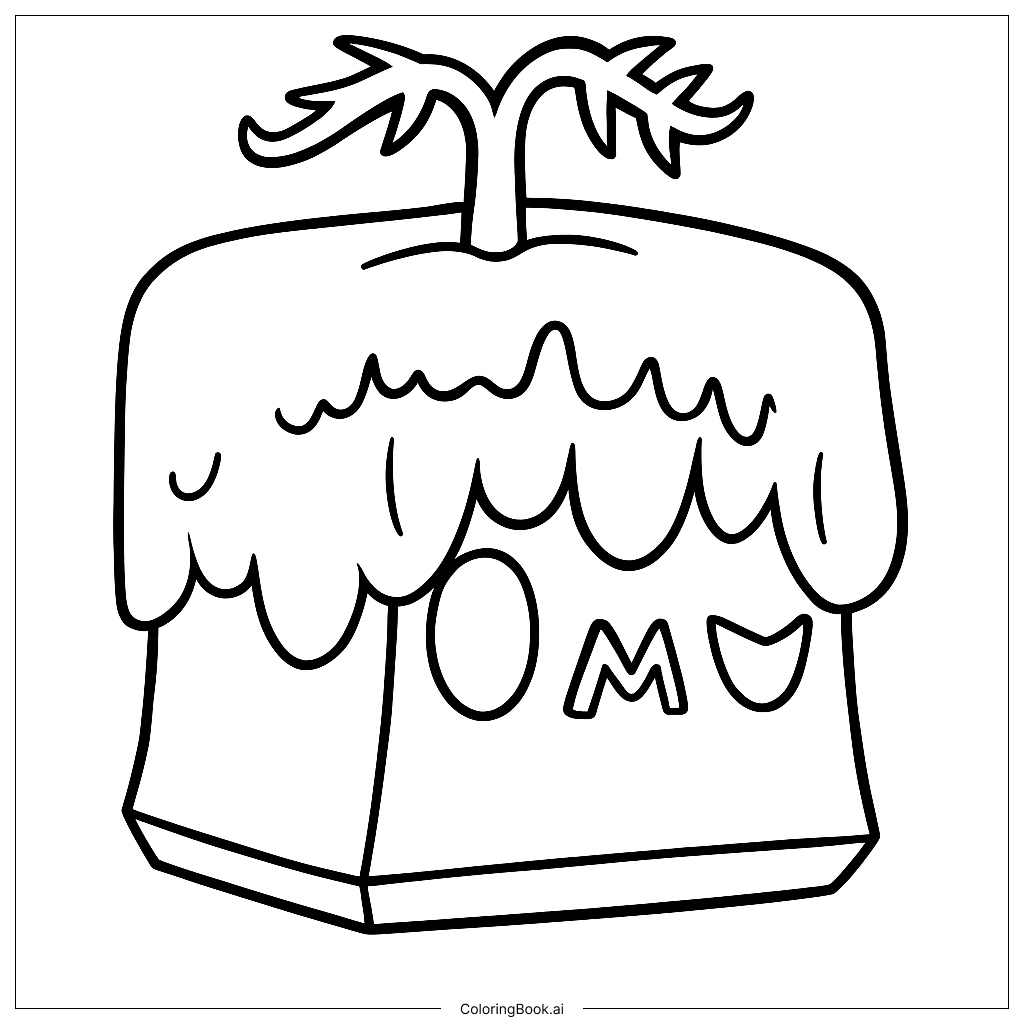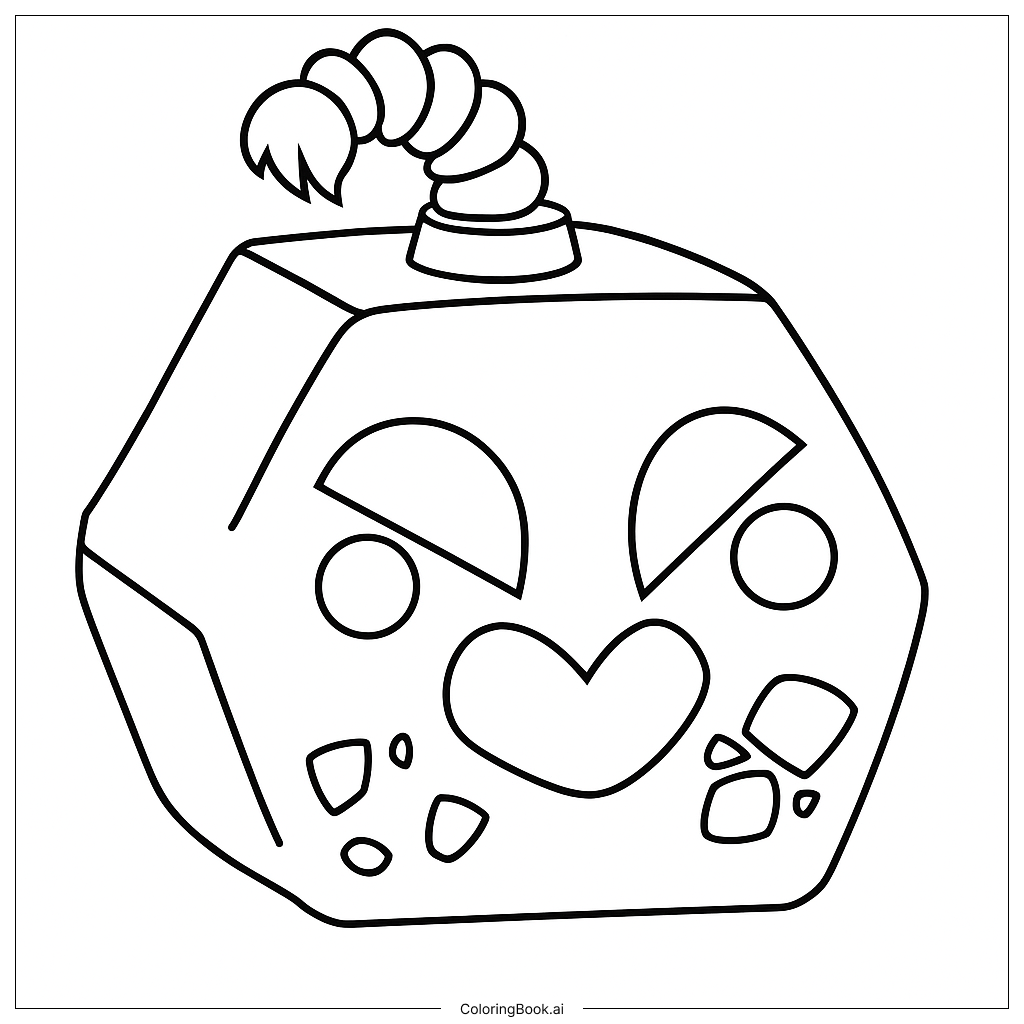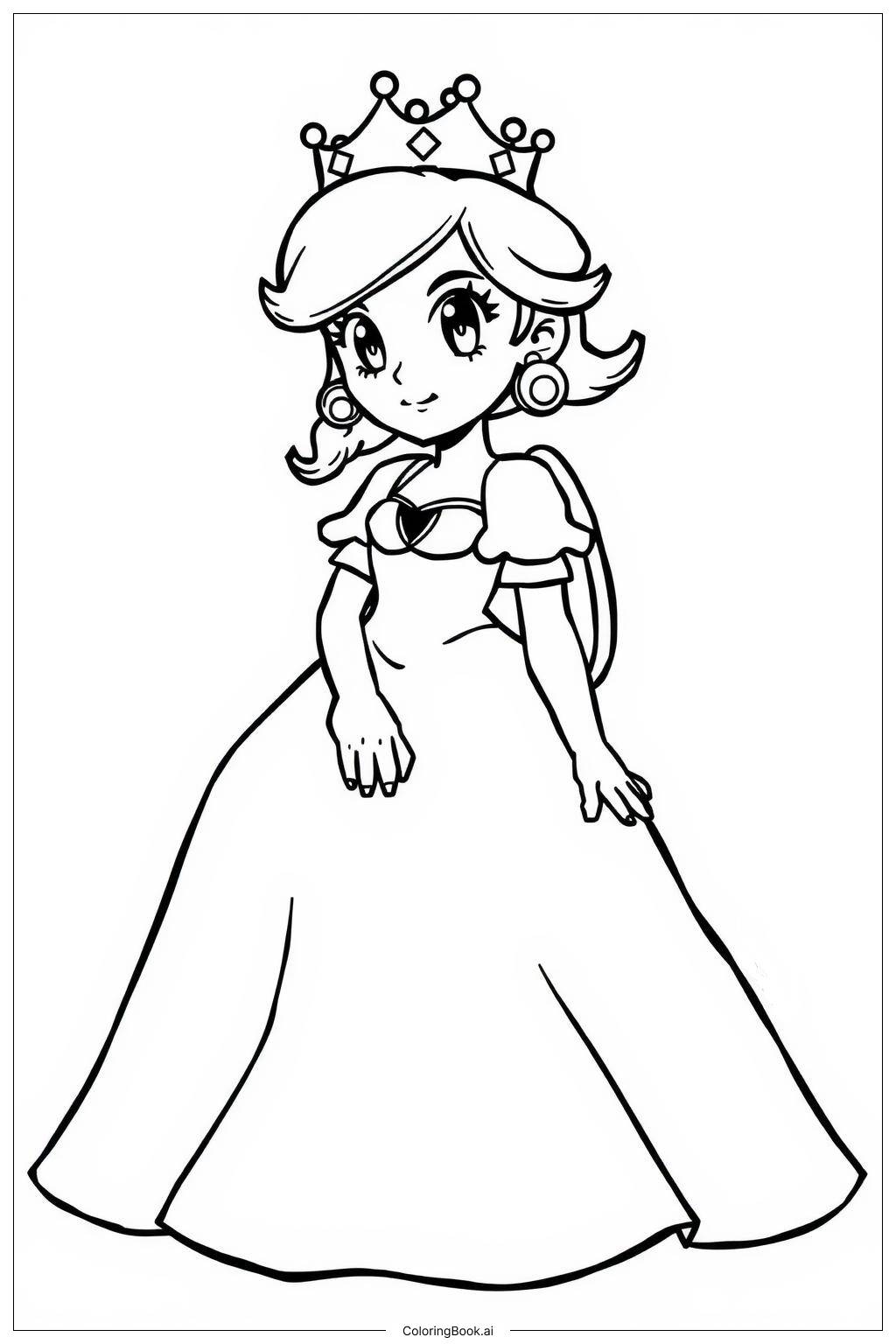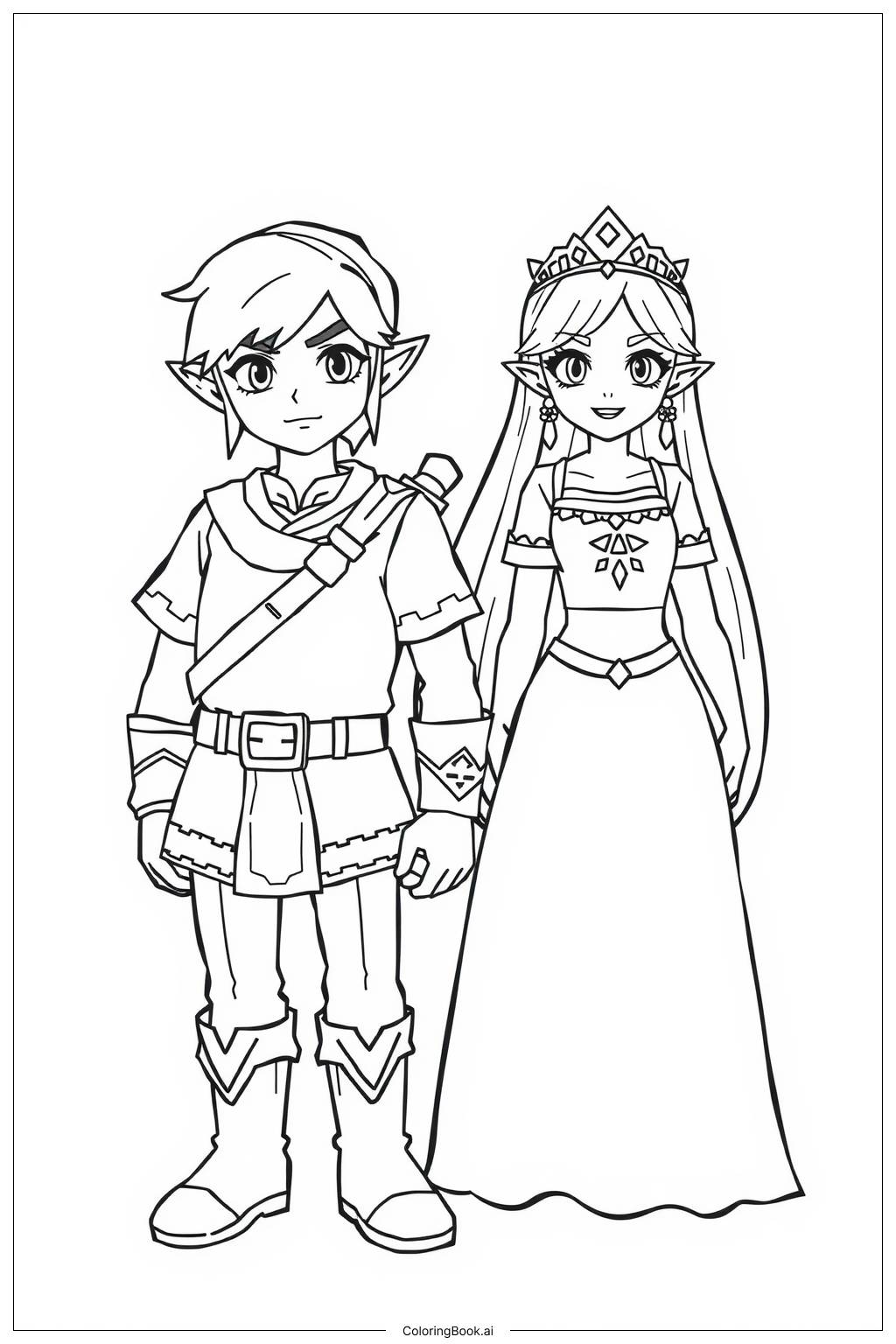Coloring tips: How to color Spider coloring page well?
Use dark colors like black or dark grey for the legs and claws to show their sharpness. For the body, try different shades of brown or green to create a natural, earthy look. You can color the wavy lines in lighter colors to highlight the layers and patterns. The mouth area can be colored with red or pink tones to stand out. Try blending colors gently on the body to show depth and texture. Use bright colors like yellow or orange on smaller parts to add contrast and interest.
Coloring challenges: Which parts are difficult to color and need attention for Spider coloring page?
1. The thin and curved legs require careful coloring to stay within the lines and keep the details clear.
2. The patterns on the body have many wavy lines that need patience to color evenly without overlapping.
3. The small mouth area with web-like shapes can be tricky to fill with color without making it messy.
4. Achieving smooth color transitions on the layered body may be challenging for young children.
5. Balancing dark and light colors to make the creature look three-dimensional needs practice and attention.
Benefits of coloring books: Advantages of drawing Spider coloring page
Coloring this creature helps improve hand-eye coordination and fine motor skills because of the detailed lines. It encourages creativity as children choose colors and experiment with shading. The image promotes focus and patience by requiring careful coloring of small parts. It also introduces kids to mixing colors and understanding how to make 3D effects using light and dark shades. Overall, it is a fun way to practice art skills and use imagination.
